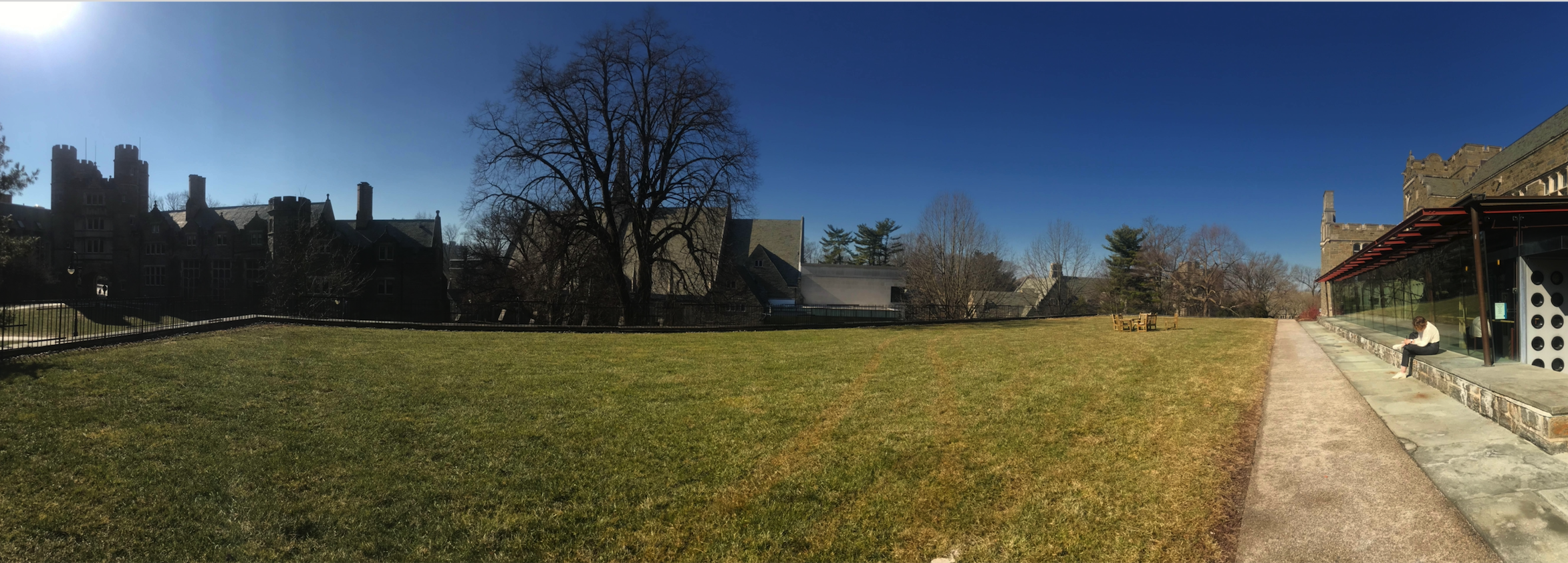
“All food produced in Corsica has strong, characteristic flavors: the cheeses that burn one’s tongue, the olive oil with an intriguing, slightly musty taste, the honey, at once sweet and bitter.”
—Dorothy Carrington, The Dream-Hunters of Corsica
It is impossible to study and write about Corsica without thinking of its cuisine. Several writers describe the home-cured boar salami hanging from the rafters in Corsican homes. And for good reason the charcuterie is legendary—the cured meats have been raised feasting on the maquis, the dense scrubland of fragrant herbs. Yet the famous Corsican boars also fed on another treat, the châtaigne or chestnuts, brought to Corsica by the Genoese in the thirteenth century.
 Corsican chestnuts are common in Corsican cooking and find their way into both sweet and savory dishes. One could consume a chestnut polenta and follow it with a creamy chestnut pudding. Another dish featuring the nut is called canistrelli.
Corsican chestnuts are common in Corsican cooking and find their way into both sweet and savory dishes. One could consume a chestnut polenta and follow it with a creamy chestnut pudding. Another dish featuring the nut is called canistrelli.
I find baking helps me relieve stress and writer’s block, and fills the kitchen with sweet aromas. I have recently taken to baking canistrelli, a type of Corsican breakfast cookie much like the Italian biscotti. Like biscotti, canistrelli are baked twice, and the second baking gives them crispy brown edges and a dry, sugary consistency. However, unlike in the word “biscotti,” the final i in canistrelli is not pronounced—the word sounds more like canistrelle. One of my professors, who kindly talked with me at length about the island and its turbulent political culture, also noted the nuances of pronunciation in the Corsican language.
Canistrelli are often made with chestnuts or chestnut flour. However, in lieu of Corsican chestnuts, which might be a bit difficult to come by at the local supermarket, hazelnuts prove just as tasty. The finished product is tastiest when dunked in an espresso, which both softens the cookie and accentuates the roasted hazelnuts peppered throughout.
Continue reading →

 As Mawrtyrs, we love the gothic castle-like architecture of our campus dorms. We muse about the Great Hall that reminds us of Harry Potter, or of Rockefeller Arch and its little grey stone owls perched in the nook watching over the passerby with their eyes wide and their wings spread. Yet here I will draw your attention to some places we Mawrtyrs spend the most time in: our classrooms.
As Mawrtyrs, we love the gothic castle-like architecture of our campus dorms. We muse about the Great Hall that reminds us of Harry Potter, or of Rockefeller Arch and its little grey stone owls perched in the nook watching over the passerby with their eyes wide and their wings spread. Yet here I will draw your attention to some places we Mawrtyrs spend the most time in: our classrooms.

 Corsican chestnuts are common in Corsican cooking and find their way into both sweet and savory dishes. One could consume a chestnut polenta and follow it with a creamy chestnut pudding. Another dish featuring the nut is called canistrelli.
Corsican chestnuts are common in Corsican cooking and find their way into both sweet and savory dishes. One could consume a chestnut polenta and follow it with a creamy chestnut pudding. Another dish featuring the nut is called canistrelli.